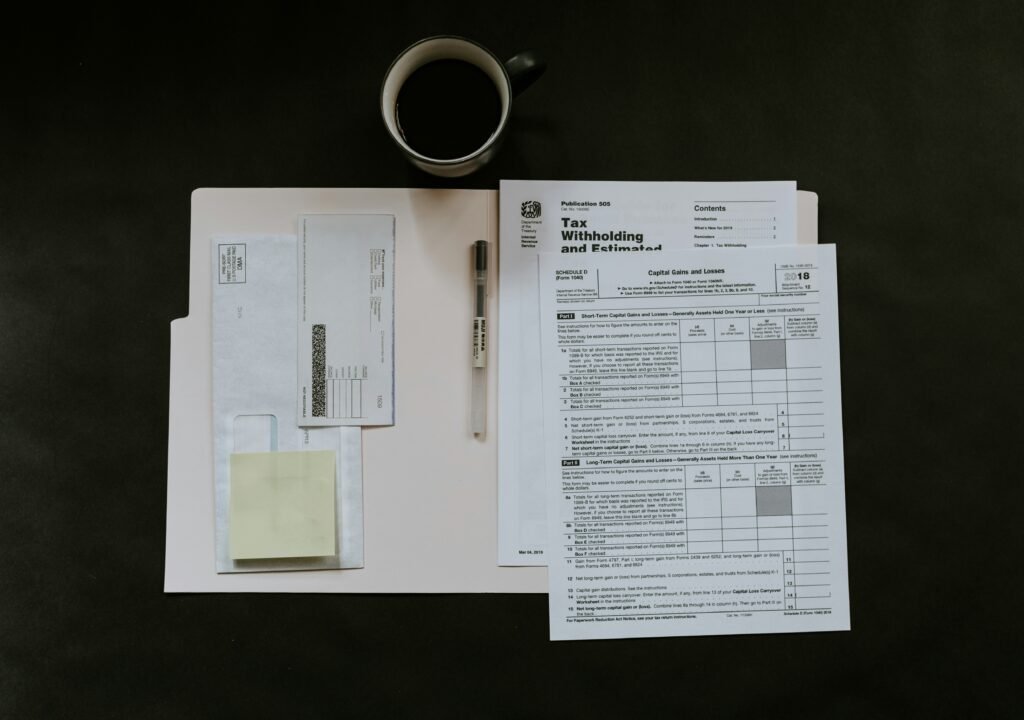Owing back taxes can be stressful. But depending on your situation, the IRS may offer programs that could help reduce or pause what you owe. These programs don’t erase tax debt overnight, but they may give you more time, lower payments, or even settle part of your balance.
Here’s what to know about how IRS tax forgiveness works and how to avoid scams along the way.
What Is Tax Debt Forgiveness?
Tax debt forgiveness refers to IRS programs that may reduce or temporarily pause what you owe. These programs are meant for people who are dealing with serious financial hardship. Depending on your income, assets, and overall situation, the IRS may accept less than the full amount or stop trying to collect for a while.
Forgiveness doesn’t mean your debt disappears entirely. Interest and penalties often continue to grow unless the IRS approves a specific form of relief. But these programs can give you some time to get back on track.
IRS Programs That May Help Reduce Tax Debt
The IRS offers a few key programs that may help lower your tax bill or delay collections, depending on your financial situation.
Offer in Compromise (OIC)
An Offer in Compromise lets you settle your tax debt for less than you owe. It’s designed for people who can’t afford to pay the full amount. The IRS looks at your income, expenses, and assets to decide if your offer is the most they can reasonably expect to collect.
To apply, you’ll need to:
File all required tax returns
Fill out Form 656 and Form 433-A (or 433-B for businesses)
Pay a non-refundable application fee (unless you qualify for a low-income waiver)
Make an initial payment based on your offer
The IRS takes several months to review each offer, and not all are accepted. If your offer is approved, the rest of your debt is cleared once you pay the agreed amount.
Currently Not Collectible (CNC) Status
If you can’t afford to pay anything right now, you may qualify for CNC status. This puts IRS collection efforts—like wage garnishments or bank levies—on hold.
To be considered, you’ll need to show detailed financial records proving that your income and assets aren’t enough to cover basic living expenses. While in CNC status, interest and penalties still add up, and the IRS may review your finances again later.
Penalty Abatement
The IRS may remove penalties for late filing or payment if you have a good reason. This is called penalty abatement. Common reasons include:
A serious illness or medical emergency
A natural disaster
Loss of records due to events outside your control
Death or illness in your immediate family
You can request this relief by writing a letter or using IRS Form 843. Be ready to explain what happened and include any documents that support your claim.
Other IRS Payment Options
If you don’t qualify for forgiveness programs, there may still be ways to manage your tax debt over time.
Installment Agreements
An installment agreement lets you pay your tax debt in monthly payments. These plans are available to most people, but the rules depend on how much you owe.
Guaranteed Installment Agreement: For balances under $10,000, if you meet certain rules
Streamlined Installment Agreement: For debts up to $50,000
Partial Payment Plan: For those who can’t pay the full amount but can afford smaller monthly payments
You can apply online or by mail, and you’ll need to stay current on future taxes to keep your plan active.
First-Time Penalty Abatement
If you’ve filed and paid on time in the past but ran into trouble once, you might qualify for a one-time removal of penalties. This is called first-time penalty abatement.
You must:
Have a clean compliance history
File all current returns
Pay or arrange to pay the tax you owe
You can request this by calling the IRS or submitting Form 843.
How to Avoid Tax Relief Scams
Scammers often take advantage of people struggling with tax debt. They may promise to “wipe out” your balance or guarantee results that no one can promise.
Watch out for these red flags:
High upfront fees: Legitimate help doesn’t come with large payments before any work is done.
Too-good-to-be-true promises: No one can guarantee that the IRS will forgive your debt or accept your offer.
Pressure tactics: Be cautious if someone rushes you into signing a contract or paying right away.
To protect yourself:
Stick with well-known sources like the IRS or a qualified tax professional.
Don’t give out personal information to companies that contact you out of the blue.
Check credentials and look up reviews before agreeing to services.
Final Thoughts
If you’re behind on your taxes and struggling to catch up, there may be options that can help. The IRS offers programs that could reduce what you owe, pause collections, or remove penalties, depending on your financial situation.
These programs aren’t quick fixes, and they don’t apply to everyone. But they can offer a path forward if you’re facing real hardship. Just be cautious of companies that make big promises or charge high fees without explaining what they’ll actually do.
When in doubt, reach out directly to the IRS or a qualified tax professional to get trusted, accurate help.
The content provided is intended for informational purposes only. Estimates or statements contained within may be based on prior results or from third parties. The views expressed in these materials are those of the author and may not reflect the view of National Debt Relief. We make no guarantees that the information contained on this site will be accurate or applicable and results may vary depending on individual situations. Contact a financial and/or tax professional regarding your specific financial and tax situation. Please visit our terms of service for full terms governing the use this site.

